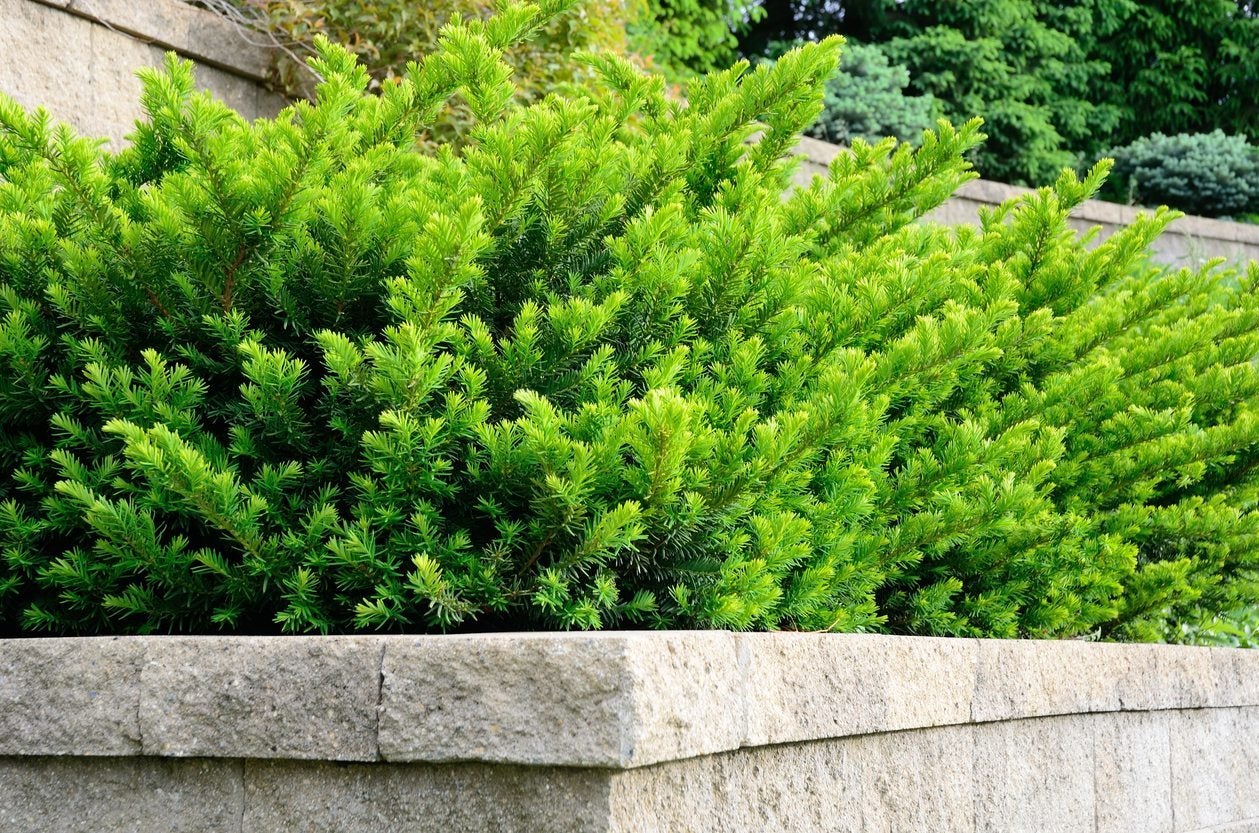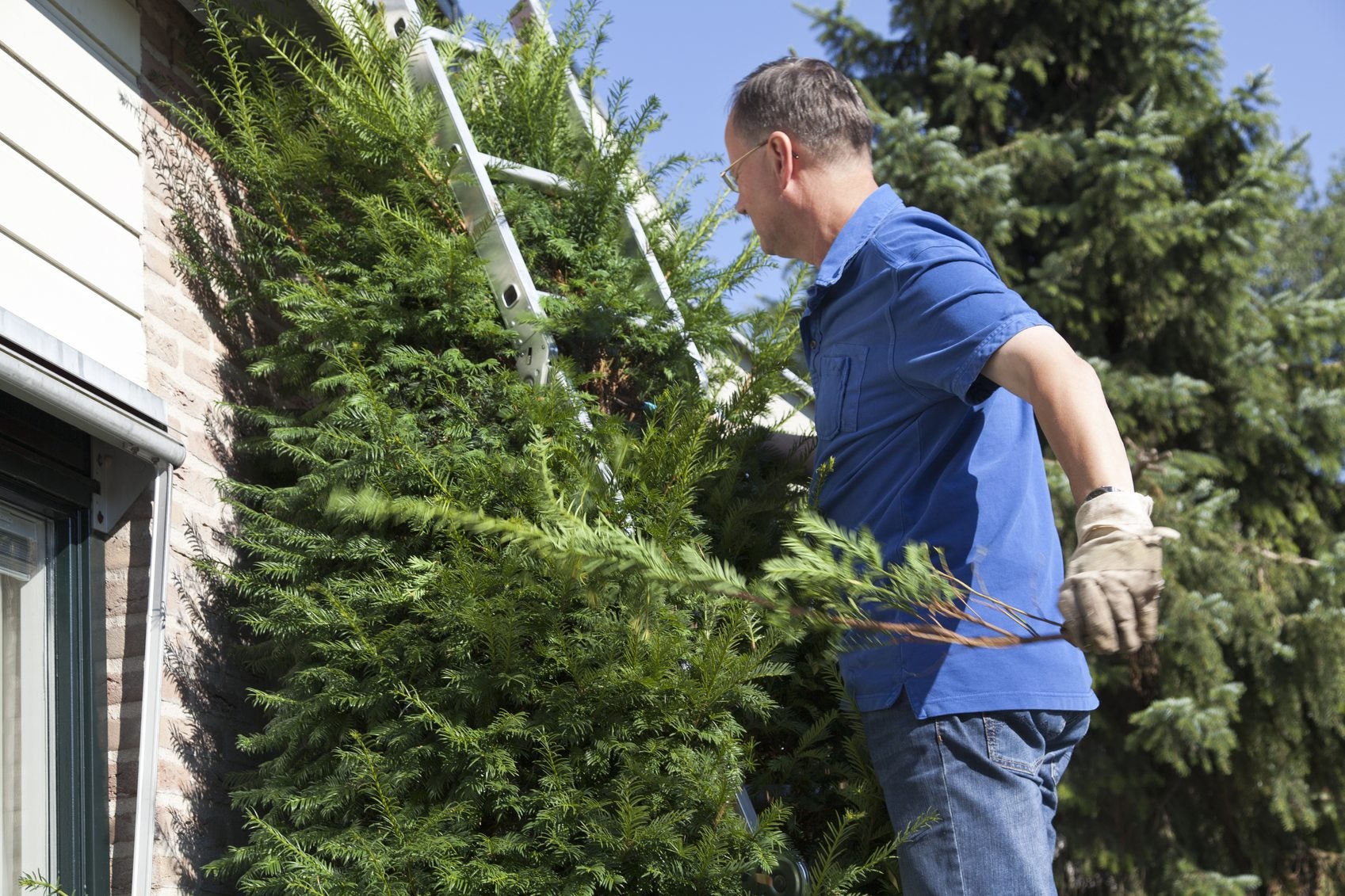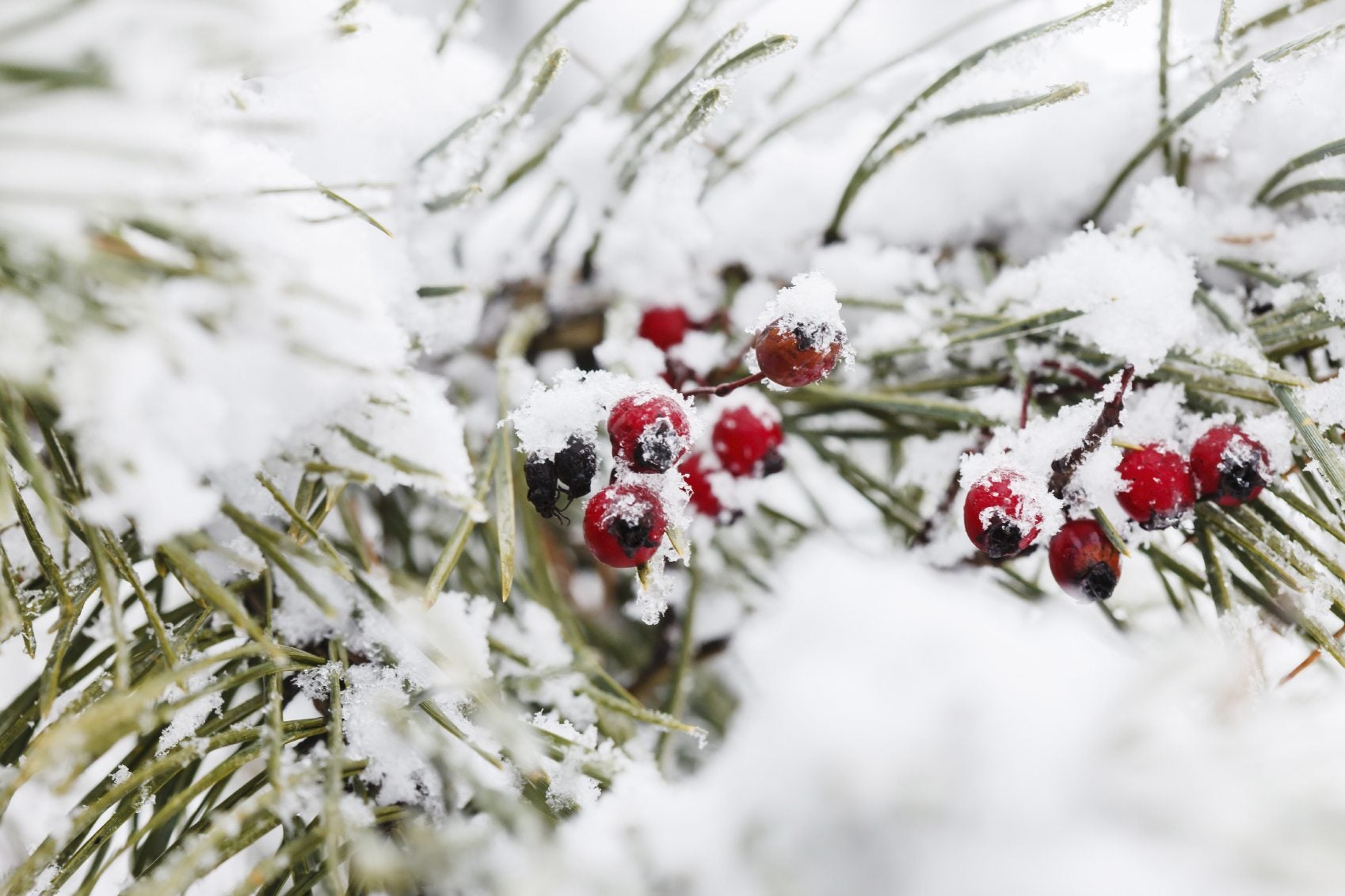Japanese Yew And Dogs - Info About Japanese Yew Plants


Japanese yew trees (Taxus cuspidata) come in a wide range of sizes, from dwarfs that rarely exceed 2.5 feet (0.8 m.) to large specimens that can grow more than 50 feet (15.2 m.) tall. Read on to find out whether this lovely and versatile plant is right for your garden.
Is Japanese Yew Poisonous?
The fact that Japanese yew doesn't mix with dogs or children is an important limiting factor in the tree's use. Consider the toxicity of the plant along with the way you and your family will use your garden before deciding to plant Japanese yew. Japanese yew contains toxins called taxine A and B, which can be fatal if ingested by dogs, cats, horses or people. The primary symptoms are tremors, difficulty breathing and vomiting as well as seizures in dogs. Ingesting the plant can cause sudden death due to heart failure. Any person or animal that has eaten any part of the plant needs immediate medical treatment. Strangely, the plant isn't toxic to white-tailed deer, which relish the taste of the foliage. Because of its toxic properties, Japanese yew shouldn't be planted in family gardens where children and animals play. The bright green foliage and red berries make festive holiday decorations, but you shouldn't use them in homes with children or pets, or in homes where children may visit over the holidays.
Are Japanese Yew Berries Edible?
All parts of the Japanese yew are toxic except the flesh of the red berry that surrounds the seed. You can eat the berry, which is called an "aril," but first strip the flesh away from the toxic seed to eliminate the possibility of swallowing or biting into it. Japanese yew berries are watery and sweet but have little flavor. In addition, the berries are small. Removing the flesh from the seed so that you can eat it is a lot of work for a small gain. Additionally, the risk associated with ingesting them simply isn't worth it.
Additional Info About Japanese Yew Plants
Japanese yew looks its best when planted in groups or masses. They make lovely hedges and foundation plantings. These evergreens have dense foliage that forms a solid screen. When sheared, they have a formal appearance, or you can let them grow into their natural shape for an informal look. They tolerate severe pruning, and you can use them as topiary specimens. Plant Japanese yew in full sun or partial shade. It is best suited for U.S. Department of Agriculture plant hardiness zones 4 through 7. Care of yews in general is easy as long as the soil is loose and well drained. When planted in compacted soil that doesn't drain well or in low areas that are constantly wet, the plant has a very short lifespan.
Gardening tips, videos, info and more delivered right to your inbox!
Sign up for the Gardening Know How newsletter today and receive a free copy of our e-book "How to Grow Delicious Tomatoes".

Jackie Carroll has written over 500 articles for Gardening Know How on a wide range of topics.
-
 Looking For Plants To Give You The Soft And Fuzzies? Try These 5 Fuzzy Leaf Plant Options
Looking For Plants To Give You The Soft And Fuzzies? Try These 5 Fuzzy Leaf Plant OptionsLovers of texture, drama, silver foliage and tactile plants will adore these special sensory garden additions. These fuzzy leaf plant options will leave you all aglow
By Susan Albert
-
 Get Ready For A Summer Of Hummers! Grow These Full Sun Hummingbird Plants and Flowers
Get Ready For A Summer Of Hummers! Grow These Full Sun Hummingbird Plants and FlowersIf you’re lucky enough to enjoy a sunny backyard, make sure you are maxing out on your pollinator opportunities and grow these full sun hummingbird plants and flowers
By Tonya Barnett
-
 How To Grow A Dense Yew Hedge
How To Grow A Dense Yew HedgeHow To Prune A Yew Hedge For Bushier Growth
By Susan Albert
-
 Hicksii Yew Information: How To Care For Hicks Yew Plants
Hicksii Yew Information: How To Care For Hicks Yew PlantsEven if you never heard of Hicks yew, you may have seen these plants in privacy screens. This evergreen shrub has long, upright-growing branches and dense, shiny foliage. It's an excellent choice for tall hedges. If you want more Hicksii yew information, click here.
By Teo Spengler
-
 Taunton Yew Information – How To Care For Taunton Yew Shrubs
Taunton Yew Information – How To Care For Taunton Yew ShrubsNothing is more useful in a garden than an easy-care evergreen that does just fine in shady sites. Taunton yew shrubs fit the bill as short, attractive evergreens that tolerate shade. For more Taunton yew information, including tips on care, click this article.
By Teo Spengler
-
 Pruning A Yew Shrub: How To Prune An Overgrown Yew Plant
Pruning A Yew Shrub: How To Prune An Overgrown Yew PlantUnlike some conifers, yews usually respond well to pruning. If you want to learn about pruning yew bushes, including how to prune an overgrown yew, then this article will help. Click here for additional information.
By Teo Spengler
-
 Japanese Yew Pruning Maintenance – Tips For Trimming A Japanese Yew
Japanese Yew Pruning Maintenance – Tips For Trimming A Japanese YewJapanese yew trees are long-lived evergreens often selected for specimen shrubs or hedges. Trimming a Japanese yew helps keep it an appropriate size or shape. Find tips on cutting back Japanese yews in the article that follows.
By Teo Spengler
-
 Yew Winter Damage: Tips On Treating Winter Damage On Yews
Yew Winter Damage: Tips On Treating Winter Damage On YewsWinter's chill can harm many types of trees, including yews. Contrary to what you might think, winter injury to yews doesn't generally follow an extremely cold winter. Click this article for information about yew winter damage.
By Teo Spengler
-
 Yew Shrub Care: Tips For Growing Yews
Yew Shrub Care: Tips For Growing YewsYew is a great shrub for borders, entranceways, paths, specimen gardening, or mass plantings. Care of the shrub is minimal too. Read this article for more information on growing yews in the landscape.
By Amy Grant